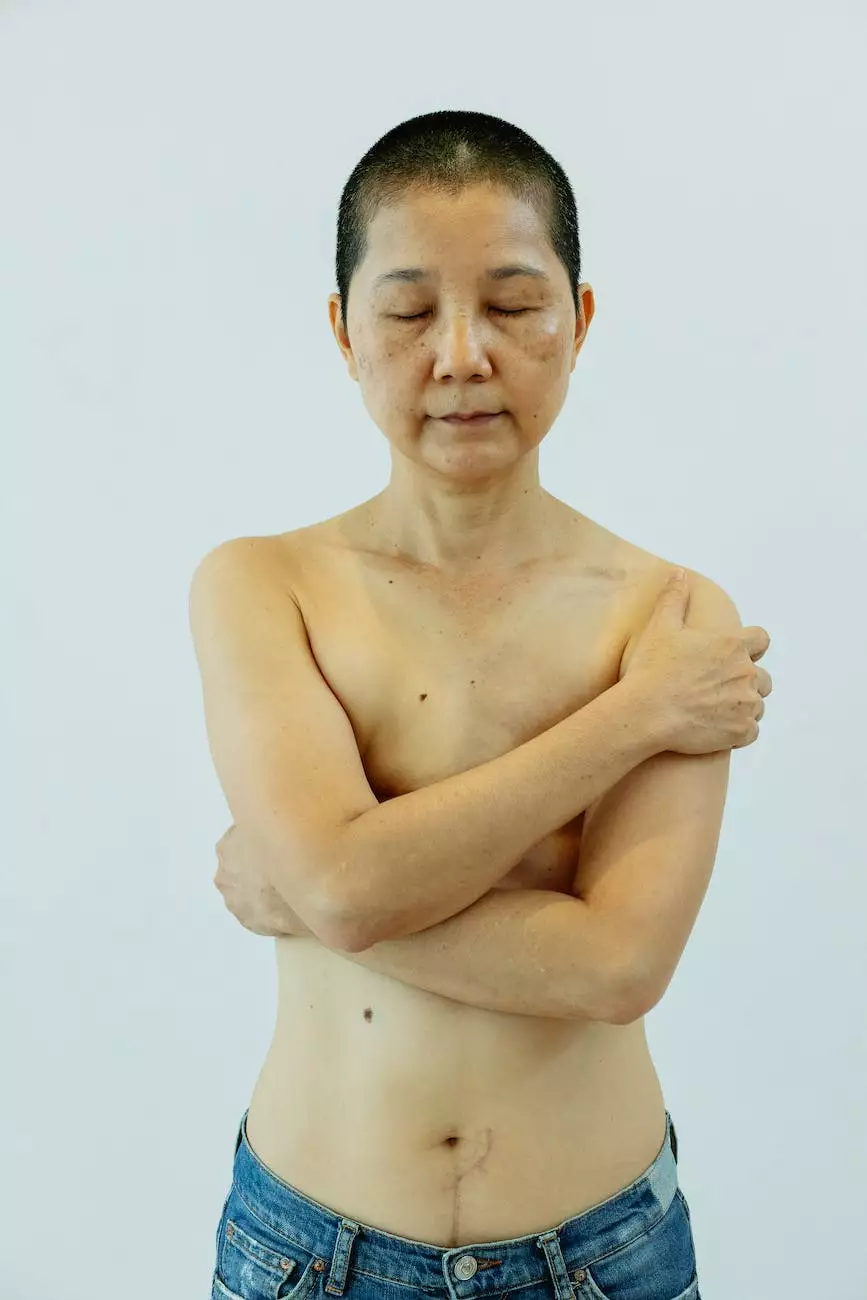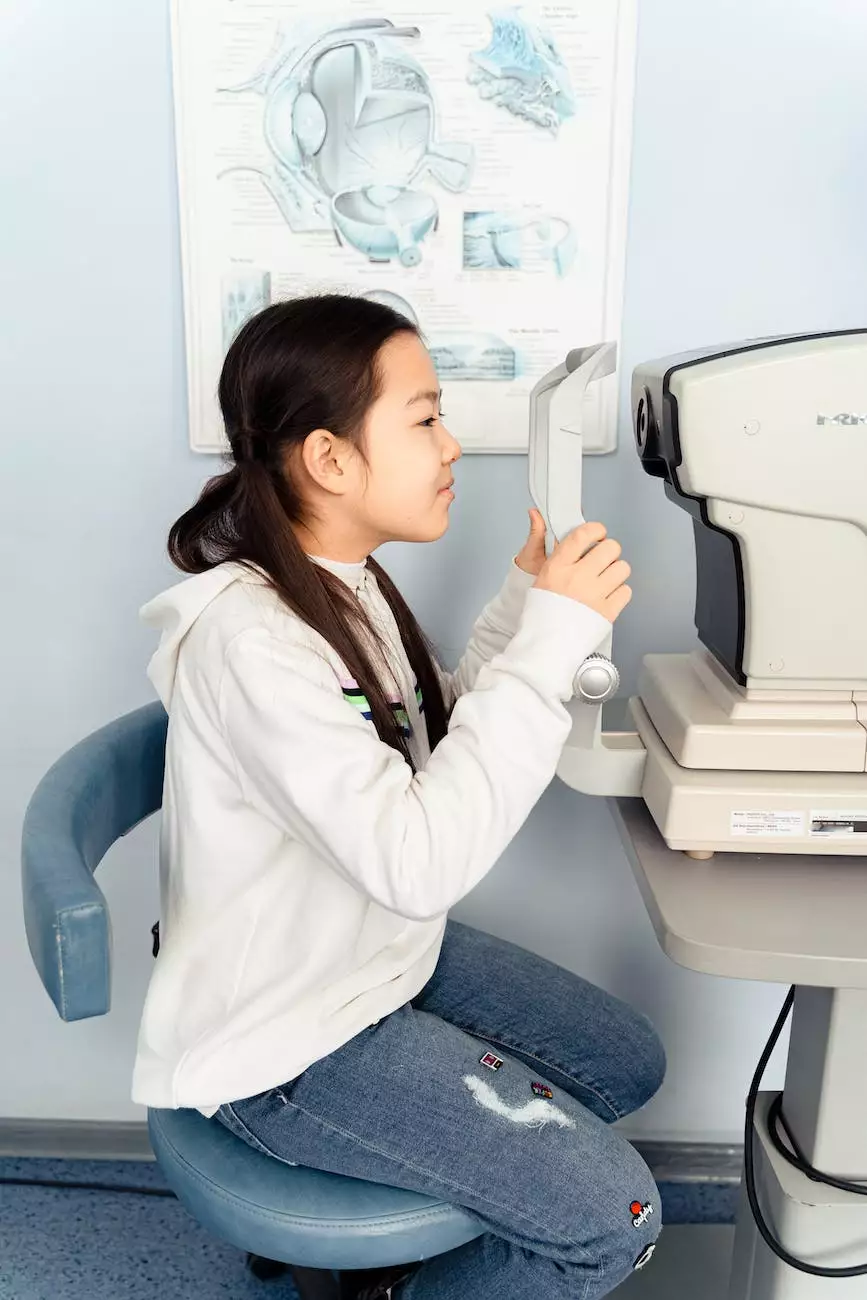Dry Eye
Blog
Understanding Dry Eye
Dry eye is a common eye disorder that affects millions of people worldwide. It occurs when your eyes are unable to produce enough tears or when tears evaporate too quickly. This leads to a lack of lubrication and moisture on the surface of the eyes, causing discomfort and potential damage to the ocular tissues.
Causes of Dry Eye
Dry eye can be caused by a variety of factors, including:
- Age - Dry eye tends to be more common in older adults as tear production decreases with age.
- Environmental conditions - Dry climates, windy environments, and air-conditioned or heated rooms can contribute to dry eye symptoms.
- Medical conditions - Certain medical conditions such as Sjögren's syndrome, rheumatoid arthritis, and diabetes can increase the risk of developing dry eye.
- Medications - Some medications, such as antihistamines, decongestants, and antidepressants, can cause dry eye as a side effect.
- Extended screen time - Prolonged use of digital screens, such as computers and smartphones, can cause decreased blinking and increase the risk of dry eye.
Symptoms of Dry Eye
Dry eye can manifest with various symptoms, including:
- Stinging or burning sensation in the eyes
- Redness and irritation
- Blurred vision
- Sensitivity to light
- Feeling like something is in your eye
- Watery eyes (paradoxical response)
Treatment Options for Dry Eye
There are several treatment options available for managing dry eye:
- Artificial tears: Over-the-counter lubricating eye drops can provide temporary relief from dry eye symptoms.
- Prescription eye drops: Your eye care professional may recommend prescription eye drops to help increase tear production or reduce inflammation.
- Punctal plugs: These tiny silicone plugs can be inserted into the tear ducts to block tear drainage, keeping more moisture on the surface of the eyes.
- Warm compresses and eyelid massages: Applying warm compresses to the eyes and gently massaging the eyelids can help stimulate tear production.
- Lifestyle changes: Making certain lifestyle changes, such as taking regular breaks from screen time, using a humidifier, and avoiding exposure to dry environments, can help alleviate dry eye symptoms.
- Surgery: In severe cases, surgical procedures such as punctal cautery or salivary gland autotransplantation may be recommended.
Preventing Dry Eye
While dry eye cannot always be prevented, there are steps you can take to reduce your risk:
- Blink regularly: Remember to blink frequently, especially when using digital devices or in dry environments.
- Stay hydrated: Drink plenty of water to keep your body and eyes properly hydrated.
- Follow the 20-20-20 rule: Take regular breaks from screen time by looking at something 20 feet away for 20 seconds every 20 minutes.
- Protect your eyes: Wear sunglasses or protective eyewear to shield your eyes from harsh winds and dust.
- Quit smoking: Smoking can exacerbate dry eye symptoms, so quitting can help improve your eye health.
Contact Baron Rick W Dr for Dry Eye Care
At Baron Rick W Dr, we specialize in providing comprehensive eye care services, including the diagnosis and management of dry eye. Our team of experienced eye care professionals is dedicated to helping you find relief from dry eye symptoms.
If you are experiencing dry eye symptoms or have any concerns about your eye health, don't hesitate to schedule an appointment with us. We will evaluate your condition and recommend a personalized treatment plan to meet your needs.



